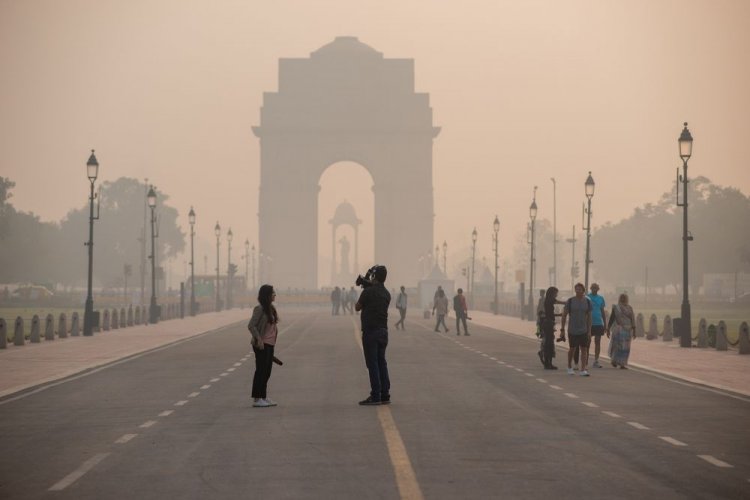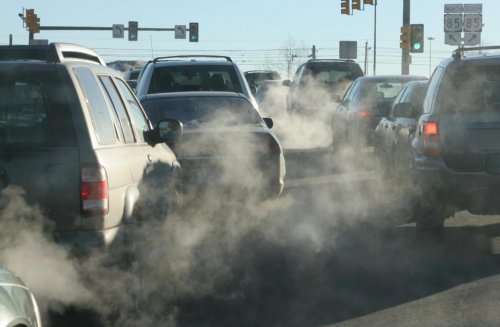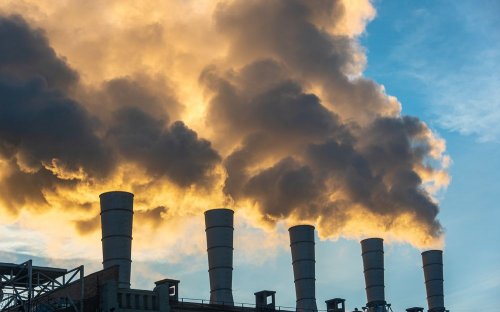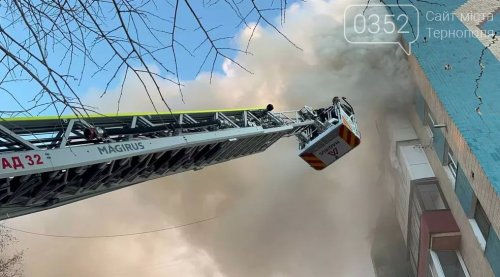Only 7 countries met World Health Organization (WHO) air quality standards in 2024. They are: Australia, New Zealand, Bahamas, Barbados, Grenada, Estonia, and Iceland.
These data are contained in the seventh annual report on global air quality prepared by the Swiss air quality monitoring company IQAir.
The cleanest region in the world is Oceania, where 57% of cities meet the WHO's annual recommended value of dust with particles up to 2.5 microns in diameter (PM2.5), which is 5 µg/m3.
For this year's report, IQAir scientists analyzed data from more than 40,000 air quality monitoring stations in 8,954 settlements in 138 countries, territories and regions.
The top five most polluted countries last year were as follows:
- Chad (91.8 μg/m3) – more than 18 times the WHO annual standard;
- Bangladesh (78.0 µg/m3) – more than 15 times higher than the WHO standard;
- Pakistan (73.7 μg/m3) – more than 14 times the WHO annual standard for PM2.5;
- Democratic Republic of the Congo (58.2 µg/m3) – more than 11 times higher than the WHO annual limit;
- India (50.6 μg/m3) – more than 10 times the annual limit for PM2.5.
In total, 126 out of 138 countries and regions (91.3%) exceeded the WHO annual standard for PM2.5 dust. The multiplicity of exceedances is demonstrated on the map:
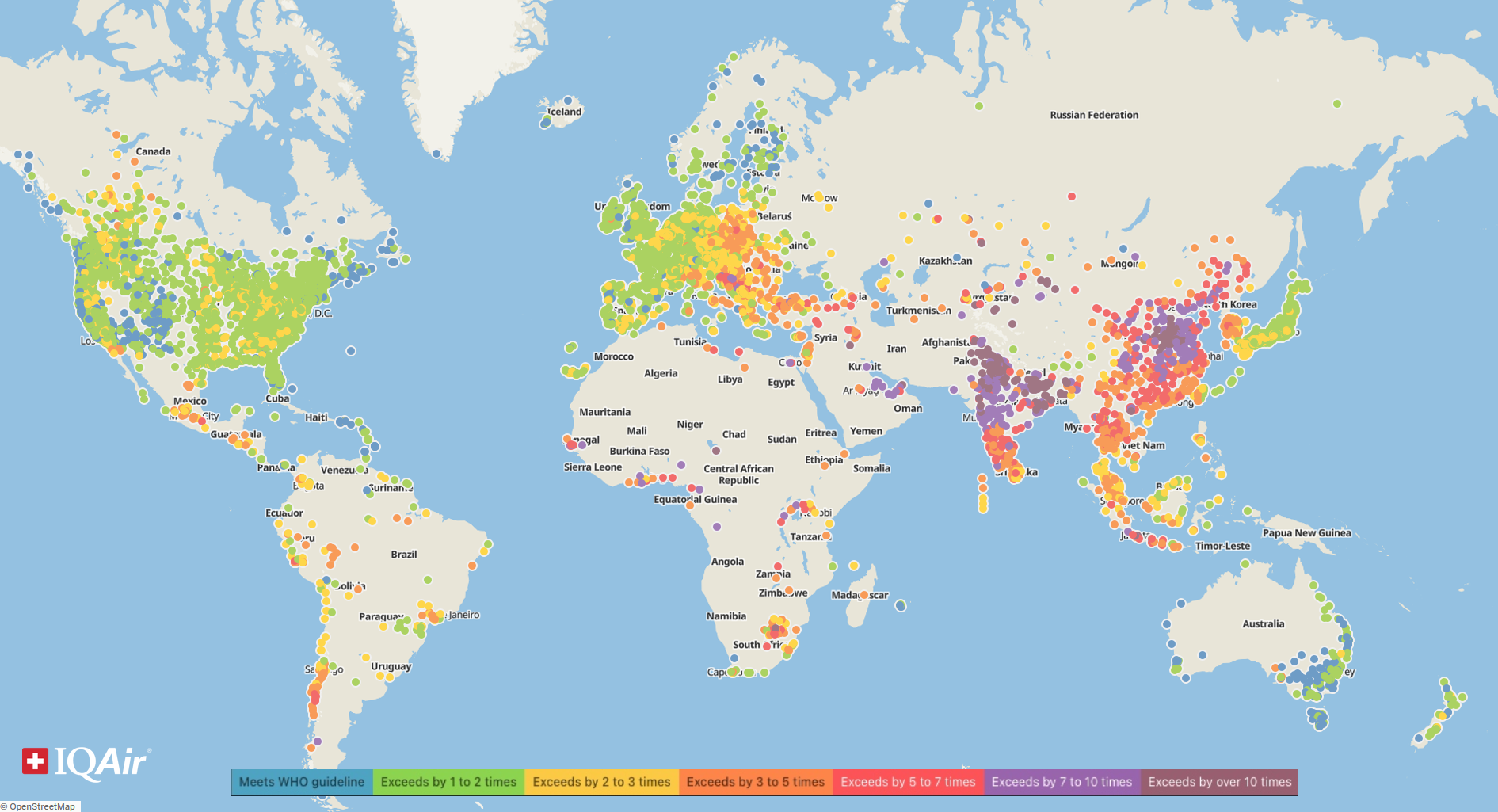
Screenshot from iqair.com.
The researchers stated that in Africa, the lack of publicly available real-time air quality monitoring data is so acute that there is only one (!!!) monitoring station for every 3.7 million people. IQAir is concerned that significant data gaps, especially in Asia and Africa, obscure the overall picture.
The situation was further complicated by the fact that last week the US State Department suspended the Global Air Pollution Monitoring Program, which transmitted and published air pollution data from sensors in more than 80 embassies and consulates around the world. Also, more than 17 years of data were removed from the US government's official air quality monitoring website, airnow.gov.
The IQAir report also notes that last year, forest fires in the Amazon rainforest affected vast areas of Latin America, and in September, PM2.5 levels in some cities in the Brazilian states of Rondônia and Acre quadrupled.
And what about Ukraine?
According to the IQAir map, in 2024, the concentration of PM2.5 dust in Ukrainian cities exceeded the WHO recommended limit by 2-3 times.
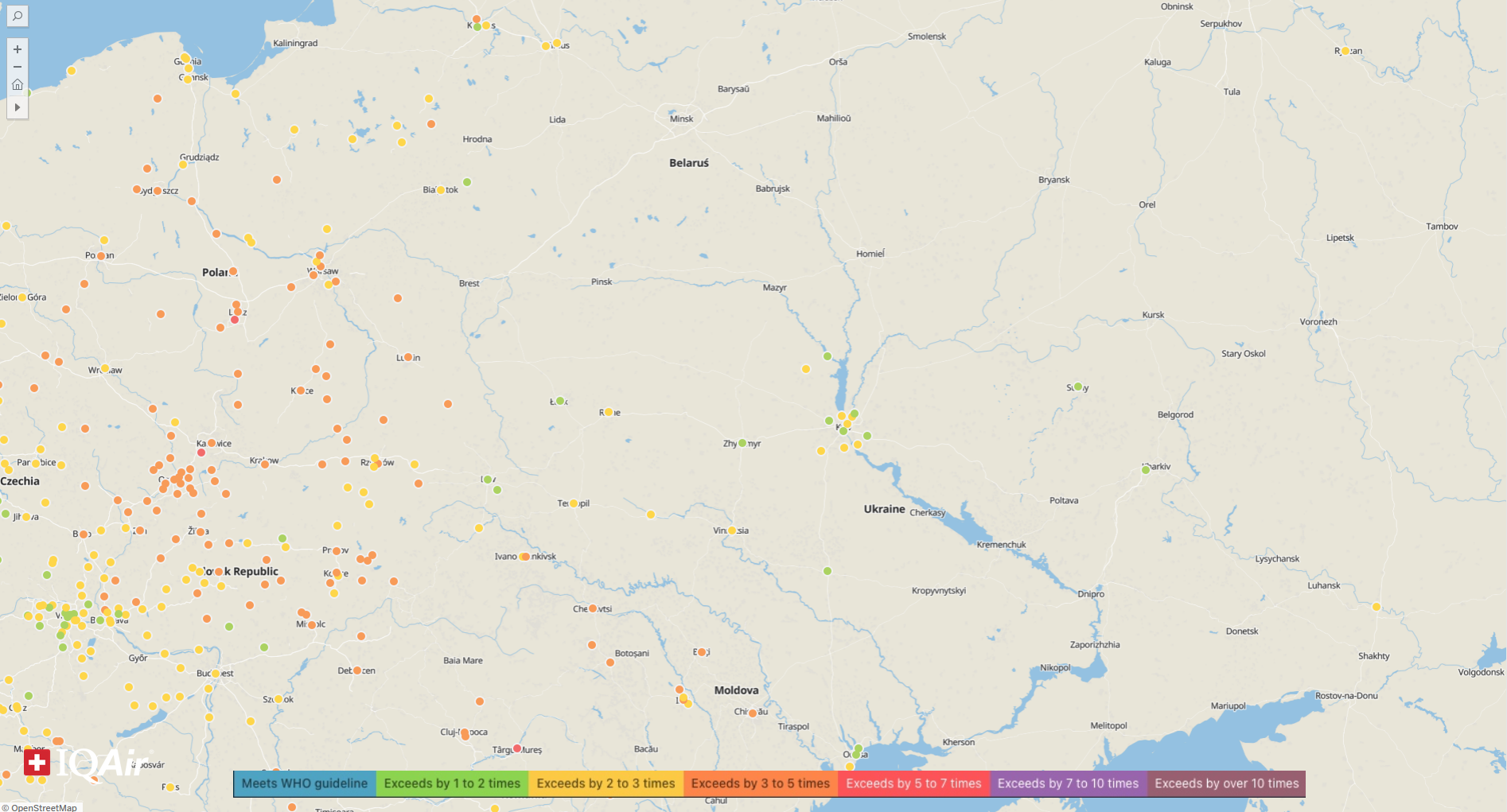
Screenshot from iqair.com.
As EcoPolitic recently reported, hundreds of words in government documents and official websites, including those related to the environment and climate change, have been banned or restricted in the United States.

